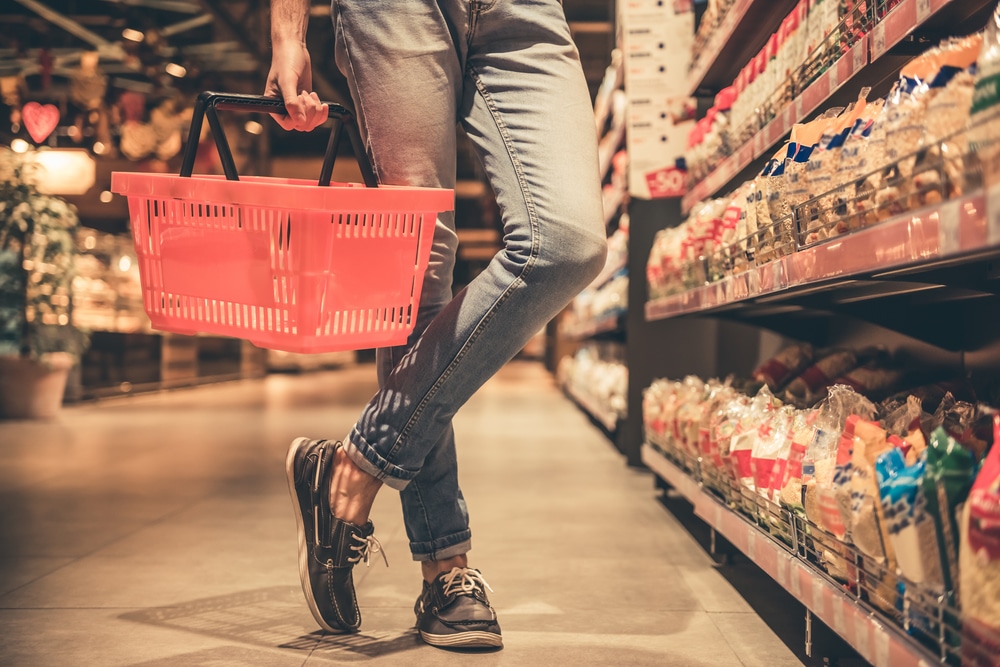In recent years predictive artificial intelligence has become a game-changer for financial services, healthcare, and other data-intensive industries. Continue reading “How marketers are using predictive artificial intelligence in retail”
Category: Marketing
Understanding the impact of influencer marketing on consumer behavior

The impact of influencer marketing on consumer behavior is similar to that of the popular kid in school—others want to befriend them, know their interests, and are inclined to follow their lead. Continue reading “Understanding the impact of influencer marketing on consumer behavior”
The most effective types of in app advertising and when to use them

For marketers, online retail efforts should focus on increasing relevant traffic and sales. Continue reading “The most effective types of in app advertising and when to use them”
How to increase sales in retail: 5 effective strategies
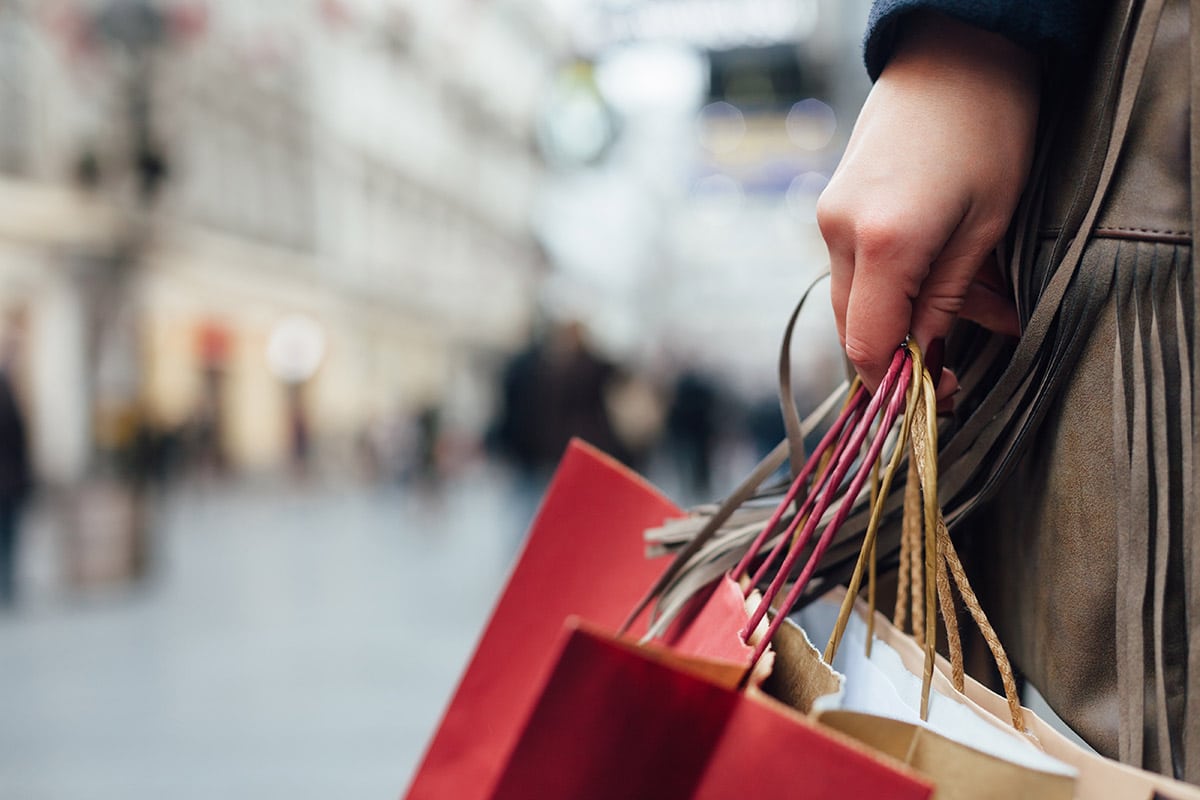
How to increase sales in retail: 5 effective strategies
Loyalty is a vital driver of sales as it allows brands to stay top-of-mind during the consumer’s purchase journey. When the consumer is in the shopping aisle, they see thousands of brands and an equal amount of advertising. Most times, the CPG brand’s product is sitting on the shelf right next to its largest—and sometimes less costly—competitors. Brands must establish relationships with consumers before they even enter the store to stand out in such a crowded marketing space. They must also find ways to connect with consumers as they travel in efforts to reach them in the critical moments before purchase. Through such strategies, it’s much easier to increase sales in retail and gain a greater share of the market.
Increase Focus on Brand Safety
A major concern which does not get enough attention in the CPG industry is brand safety. Brand safety doesn’t relate to the safety of the products themselves. Instead, it centers on the safety of the platforms and marketing methods they use. When a brand directs consumers to an unsafe platform, they could suffer serious damage to their reputation. In 2018, 60% of marketing professionals reported that brand safety was a significant concern, and this is a problem which only grows more prevalent as new platforms roll out. There are a few issues that those thinking of brand safety need to consider:
Information reliability:
Sites which post false information and made up news stories are a serious problem as they mislead the public and spread misinformation. Brands should avoid such sites if they want to retain consumer trust.
Data collection practices:
All sites should have transparent and open data collection policies to ensure consumer privacy protection. Brands should only work with sites that follow proper protocols for collecting and storing visitor information.
Technical safety:
Sites that run malicious scripts that cause problems with consumer’s devices are an obvious problem, but so are sites which are vulnerable to hacking due to insecure security practices.
Establish Trust and Transparency via Social Media
Social media is a powerful platform for connecting consumers and brands. Nearly 78% of consumers report they want brands to use social media as a way to communicate and connect with them. There are several ways that brands can drive these connections.
Deliver customer service:
One of the earliest ways brands leveraged social media was to respond to consumer complaints and questions. By providing customer service on social media, brands show they are involved and actively work to resolve customer concerns.
Solicit user-generated content:
Getting consumers to create their own branded content can be a great way to help them connect to other fans of the brand. Target managed this with its #TargetRun campaign. The retailer encouraged consumers to share details of their shopping trips under the hashtag and gained a lot of participation, as well as valuable feedback they could use to make shopping trips easier for consumers. This strategy was a smart way to reach consumers without directly advertising as it opened the lines of communication and got consumers to reach out to the retailer.
Encourage social responsibility:
A popular rideshare company used voting as a way to drive a campaign and help consumers. The company noted that 15 million Americans reported their main barrier to voting was lack of transportation and responded with their #RidetoVote campaign. This program offered discounts for consumers traveling to the polls on election day. Through this campaign, the company gained significant buzz on social media and provided a solution to a concern for their target demographic.
Reconsider the Role of Influencers
Unilever made news when the company announced they were pulling away from many of their influencer marketing partnerships due to concerns over their efficacy. The company specifically noted concerns over both brands and individuals who buy followers, which was a widespread but rarely talked about problem.
Drive Loyalty With Mobile Rewards Programs
Customer rewards programs can allow brands to increase sales in retail by highlighting their products. These programs leverage incentives which can be redeemed for gift cards, branded merchandise and other benefits. They also offer a great alternative to discounts, which may gain brands one-time sales but don’t typically drive loyalty, and can hurt margins in the long run. One of the critical factors in any rewards program is the ease of use. The simpler it is for the consumer to manage, the more likely it is they will continue to participate. As such, the best reward programs are mobile.
Branded rewards programs can be challenging to maintain, as they typically require consumers to take a few more steps in gaining their rewards for purchase. Also, unless a brand has an extensive portfolio of products to offer, these rewards programs may not be worth it to consumers. As an alternative, brands may choose to participate in third-party rewards programs. When seeking out third-party mobile app developers with whom to partner, brands should consider several critical components, including:
App retention rate:
While apps may gain many downloads in the beginning, that isn’t the most crucial earmark of success. Instead, brands must look at how long consumers keep the app installed on their devices. If they download it one day and then remove it a week later, it’s unlikely this will drive any sales. Brands must seek out apps with retention rates that show consumers aren’t just downloading the app, but that they find it useful.
Active users:
Retention rates in an app can be high, but if the consumers download it and never use it, those retention rates don’t mean very much. Brands should seek out apps with high amounts of active users who regularly participate.
Session length:
How long a consumer uses the app is also a critical component that speaks to its efficacy. If a consumer is only using an app for seconds at a time, it’s unlikely they’re retaining any branded information from it. Brands should seek out apps that users consistently access through their entire shopping trips to gain the most benefit.
Lifetime value (LTV):
The LTV of an app speaks to how much it increases sales for mobile users compared to non-mobile users. The LTV of an app shows brands exactly how that app impacts sales lift for both new and existing customers. It also helps them determine their marketing ROI.
How to Increase Sales in Retail Using In-Store Gamification
Gamification is a strategy brands can leverage via mobile apps to increase sales in retail. Essentially, this gamification turns a simple app into a fun experience that consumers can enjoy as they shop. Shopkick uses this type of strategy in conjunction with incentives to drive sales. Consumers can collect rewards points from the app in several ways.
Points for entry:
When a consumer enters a participating location with the Shopkick app open, they automatically receive rewards points. This virtual greeting starts the consumer’s shopping trip off positively and encourages them to use the app even more.
Points for scanning products:
Consumers receive a list of participating products which they can scan with their phone’s camera to receive more points. This process gets them to handle the product, which primes them for sale. It also turns the process of gathering rewards points into a digital scavenger hunt which makes the shopping trip fun and engaging.
Points for purchases:
Consumers can scan their receipts to receive more points for the products they purchase. This enhanced reward creates a memorable experience for the consumer which builds positive brand affinity.
Brands must build consumer trust when working to increase sales in retail. By establishing a strong relationship with consumers before they reach the store, brands increase their visibility on the shelf. Rewards programs delivered via mobile apps also provide a way to connect with them right before they make a purchase decision. These strategies hinge on consumer trust, which is why brands must be very selective when they choose their marketing partners for reaching traveling consumers.
Social shopping: How social commerce is changing retail
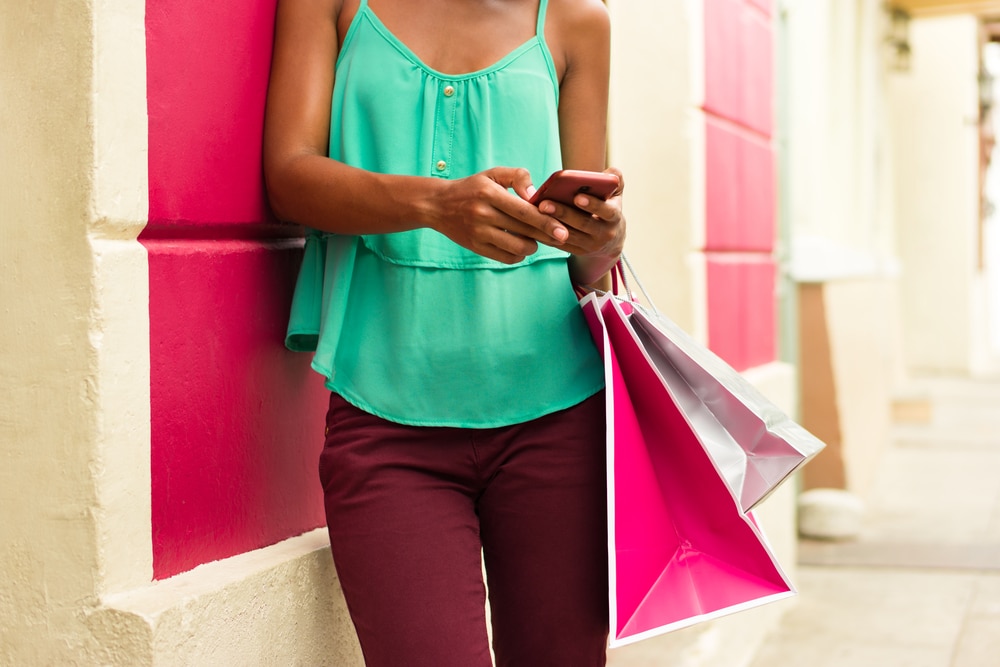
In 2018, 66% of brands invested in social commerce, the process of selling direct to consumers via social media platforms like Facebook, Instagram, and Snapchat. Continue reading “Social shopping: How social commerce is changing retail”
Attract and connect: How to engage customers in retail

Attract and connect: How to engage customers in retail
When attempting to compete with digital shopping, retailers look to digitally enhancing the brick-and-mortar experience rather than pouring all of their resources into eCommerce. Brick-and-mortar shopping still offers many benefits to consumers that online-only options can’t compete with, like the ability to physically interact with products and take immediate delivery. Using mobile options can improve the ability to connect with consumers in the store and target them with personalized offers.
Understanding the Needs of Customers Through Big Data
Social media mining is one of the main tactics brands and retailers leverage to gain information about consumers without invading their privacy. This strategy makes use of public text posts to discover trends and determine which types of marketing provide the highest ROI. Brands may target one particular platform when mining this information, or they may use an aggregation of data based on brand name mentions.
Ice cream as a product has a few typical assumptions made about it which would impact marketing. Most individuals consider it a summer treat, designed to cool people down in hot weather. They may also think of it as an impulse buy, rather than a product consumers plan to purchase. These assumptions impacted ice cream marketing industry-wide for decades.
However, in 2015, Unilever’s data showed that ice cream is not an impulse buy. They noted individuals tended to talk about it on social media from Wednesday to Friday but saved their purchasing for Saturdays. Also, those same posts showed Unilever that consumers didn’t typically care about the weather when it came to buying ice cream, choosing the treat on rainy days as often as sunny ones.
Brands should consider how they may have allowed assumptions regarding certain products to color their marketing. Then, they should use the data that’s already available to prove or disprove those existing theories. This strategy helps brands target advertising more effectively and discover new markets. It can even assist in guiding consumers through the purchase journey in the shopping aisle.
Using Mobile Apps to Guide Consumers in the Store
Mobile apps can enhance the customer shopping experience by helping to guide them to products which may interest them. Consumers download mobile apps and agree to receive advertisements and other information from them, which eliminates the often disruptive aspect of marketing. These apps deliver a level of personalization which other advertisements can’t. There are several reasons for this, including:
Access to user details:
Retailer rewards programs have access to more information which offers a way to customize a message based on an individual’s specific details. Consider a virtual video greeting that pops up when a consumer enters a store and greets them by name. This app-based program establishes a dialog with the consumer and gets them more invested in their shopping experience. It also reduces the need for a physical greeter in the entry-way, allowing stores to better allocate personnel.
Location tracking:
Messages based on a consumer’s location offer heightened impact as they display when a consumer is near a specific product. This proximity marketing piques interest and can drive sales by making consumers aware of a product which they weren’t before receiving the message. It also allows places like restaurants and service-based businesses to offer limited-time deals during high traffic hours.
Branded interaction and priming:
Mobile app advertising helps brands guide consumers to products in the aisle. This strategy is one Shopkick implements to improve purchase conversion. The consumer receives a listing of participating products which they can seek out and scan with their phone’s camera. Through this, the consumer is encouraged to pick up the product. The simple act of physically handling the product builds awareness, drives consideration, and primes the consumer for purchase.
Incentivization:
Consumers receive perks such as deals and rewards points when participating in a mobile app program like Shopkick. These incentives don’t just encourage the use of the app. They also build brand affinity, as the consumer attributes the rewards to the brand they used to get them. These incentives often have a higher value to the consumer than their simple dollar value, due to the emotional return of receiving them. Rewards points can provide multiple opportunities for brands to interact with consumers, while coupons and deals are more of a one-time interaction.
Creating Digital Events for Boosting Sales and Driving Product Interest
Digital events offer retailers a way to improve sales during slow periods and heighten awareness of products. In some cases, retailer-specific events can even become national. This phenomenon can be seen through Amazon’s Prime Day, initially established in 2015 to celebrate Amazon’s 20th birthday. After its early success, many other retailers chose to piggyback on the idea to the point where it’s now a recognized shopping day for most big companies.
How to Engage Customers in Retail With Unique Digital Features
Newer digital features intrigue customers and improve their experience both online and in the store. These features can remove common purchase barriers as well, such as long lines or difficulty gaining in-store assistance. Here are just a few examples of how brands and retailers are enhancing the customer experience with digital features.
Augmented reality:
L’Oréal has updated its makeup sampling experience with an AR platform which allows users to virtually try on products and gain more information. AR is a particularly potent strategy for cosmetics brands, as it’s tricky for consumers to gauge which color or shade to purchase online or even in the store, without sampling them. Through AR, the brand saves money on real-world samples and improves the customer experience in the digital space.
Mobile pay:
Starbucks offers an extensive mobile platform for consumers who want to skip the wait and streamline their coffee stop. With the mobile pay option, consumers can pay for their drink before they even get to the location, to ensure it’s waiting for them. Long lines are a typical complaint of consumers industry-wide. Mobile ordering and payment apps eliminate lines and make in-store customer service more efficient.
In-store info apps:
IKEA offers an in-store app for consumers which can help guide them to products and find deals. Such apps are an ideal strategy for mapping large retail locations, where consumers may find themselves frustrated if they can’t locate an associate. These apps can replace the need for a sales assistant by allowing consumers to search for the items they want at locations near them, without the need to wait for an associate to call around.
AI behind the scenes:
Walmart is enhancing its supply chain by using artificial intelligence to help drivers plan routes and stores stock shelves. This strategy streamlines supply management to ensure stores always have needed items. It improves the customer experience by making it easier for them to locate the things they need and receive delivery quickly.
Delivery apps:
Whole Foods delivers groceries to consumers locally through its Prime Now app which allows customers to place and track same-day orders. App-driven delivery programs like these help retailers provide local delivery of groceries to consumers without taking on liability themselves. Consumer demand is high as these apps streamline shopping and save them time.
How interactive video impacts the customer’s journey

Interactive video is an excellent way to engage customers with branded content. Continue reading “How interactive video impacts the customer’s journey”
In-app video ads: Why your brand should be taking advantage of mobile video
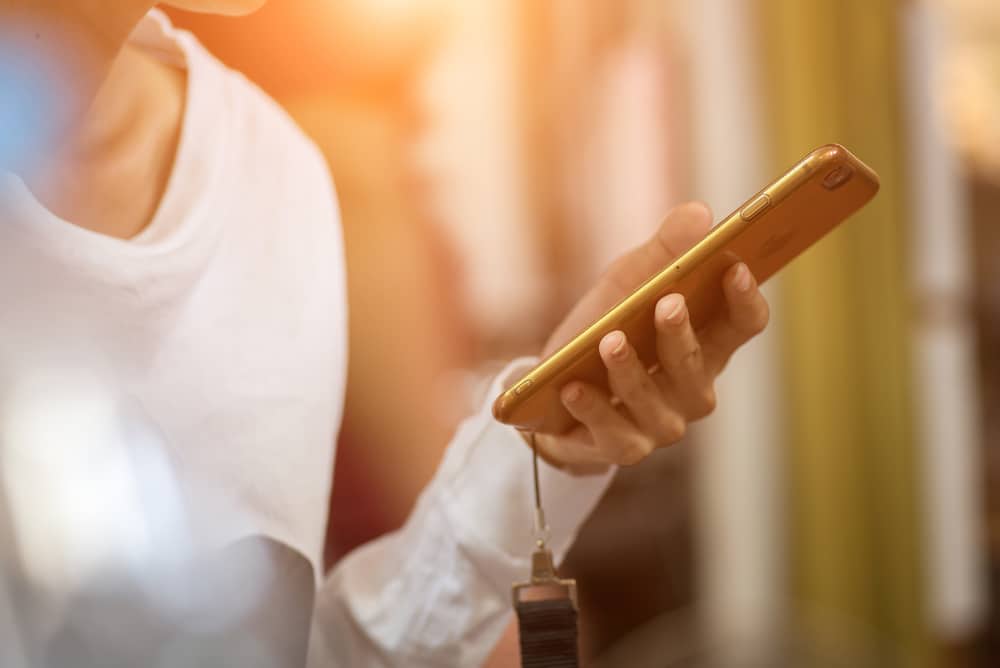
There are many opportunities available through in-app video ads of which brands should take advantage. Continue reading “In-app video ads: Why your brand should be taking advantage of mobile video”
3 personalized marketing examples that have proven effective

Effective personalized marketing examples don’t just earn a one-time sale. Continue reading “3 personalized marketing examples that have proven effective”
How technological advances in retail are shaping the future of shopping
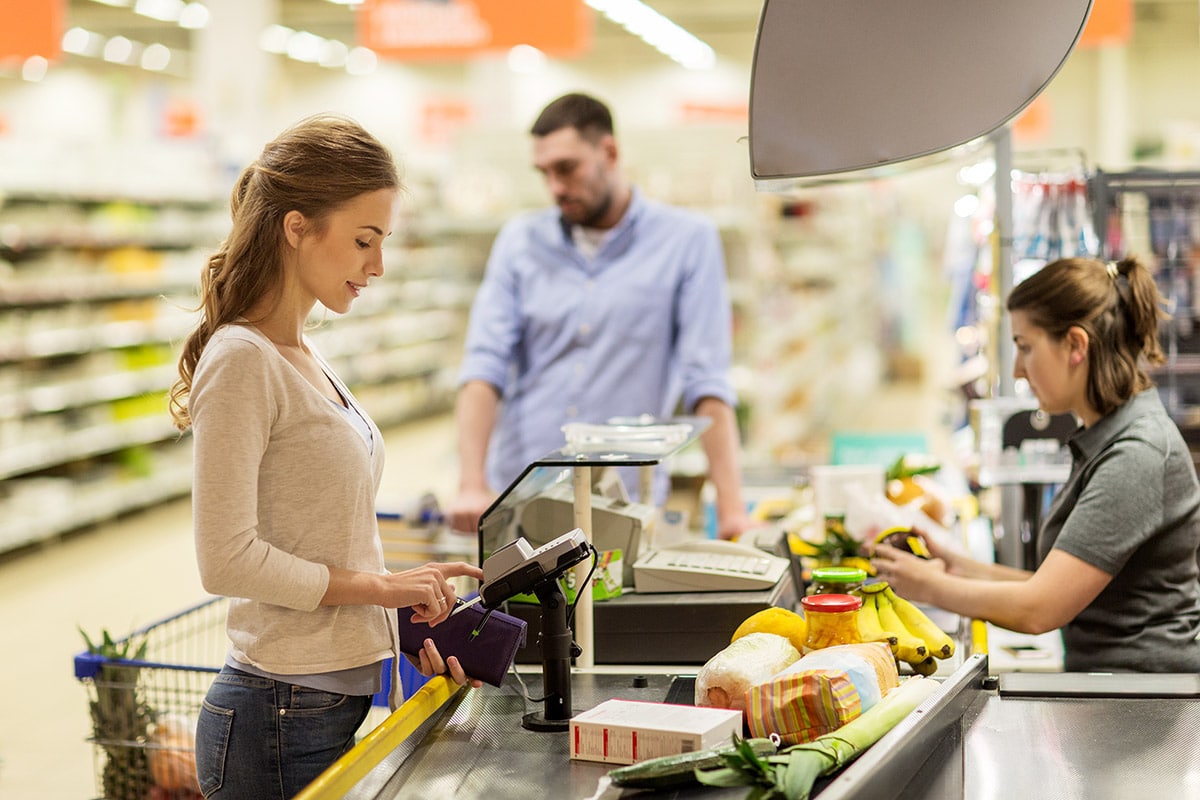
How technological advances in retail are shaping the future of shopping
Third-party developers play a vital role in this retail technology, as brands often don’t have the resources to develop high-tech programs in-house. By working with outside developers, brands can bring new services to shoppers which enhance their experiences. They can offer in-the-moment advertising to drive sales while streamlining campaigns to target the right individuals. These cost-effective initiatives are changing the way customers shop while helping brands forge better connections.
Offering New Features With Third-Party Partnerships
Many traditional brick-and-mortar retailers added services like curbside pickup and delivery to their offerings in recent years. Such services were made possible via partnerships with companies like Uber, Postmates, and InstaCart. By 2021, online grocery purchases will account for $30 billion in sales, and these third-party services are the primary drivers. They allow brands to quickly roll out delivery programs with little runway or upfront investment.
Creating a Welcoming Atmosphere With Virtual Greeters
Virtual greeters allow retailers and brands to welcome consumers to a location and share information about deals. These short, app-enabled messages replace the traditional door greeter while offering more thorough information than a human sales assistant could.
Virtual greetings work through beacon technology and GPS. When customers reach within a specific range, retailers can direct a message to play for anyone who uses the app. That message could include a video greeting from a spokesperson, an announcement of current events, or even rewards points for store entry. The message creates a positive experience that sets the tone for the consumer’s trip and puts them in a favorable purchase mindset.
Improving Sales With Personalized In-Store Ads
Advertising in the shopping aisle is traditionally mass market. All consumers see the same displays, end caps, and offers. In recent years, retailers have used technology to innovate many in-store advertising methods and provide personalized greetings.
Digital end cap offers:
End caps are highly desirable sales locations in the store, and competition among brands is fierce. Digital end caps provide a more flexible solution for retailers. Kroger recently implemented a test program around this using their app and its users. The company, with the assistance of Microsoft, installed end cap cameras capable of recognizing the age and gender of individuals. It would then deliver a preloaded, targeted offer based on those specifics. The display was even capable of greeting the individual by name using their membership details.
Shopping apps:
Shopping apps help brands connect with consumers in the shopping aisle. Shopkick, for example, offers a digital scavenger hunt that incentivizes consumers to seek out products by rewarding them for certain purchase behaviors. This technology offers brands an innovative way to help their products stand out, even when in-store shelf space is less than optimal.
Omnichannel events:
Many brands are tying the digital and physical experiences together to promote new products. A recent example occurred with a cross-promotion between Disney and Levi’s. Levi’s offered consumers a unique Snapchat-enabled augmented reality experience at an Orlando store. Visitors received a temporary offer along with an exclusive Snapchat filter when they visited the location, and were able to purchase a Disney branded cap using the app. The campaign was a major success because it leveraged scarcity and exclusivity. This strategy is ideal for a new product launch marketing plan as it creates a scalable event based on a specific location.
Lowering Overhead With Cashier-Less Grocery Shopping
Retailers often look to technology to solve staffing woes. By automating certain in-store tasks, like checking out, brands streamline shopping and reduce workloads. Self-checkout kiosks set the stage for a far more high-tech future, where consumers can complete their shopping trip without the need to check out at all.
Image Recognition Guides Consumers to Products and Unlocks Features
Image recognition is gaining a lot of attention for its potential in retail. Growth in AI allows developers to categorize millions of images along with their meanings. Machine learning teaches these systems to recognize critical components and match those features to existing data. There are two primary developments for retail image recognition of which brands should be aware.
2D in label recognition:
2D image recognition turns the labels of products into their UPCs. This process is useful in both managing supply and delivering customer experiences. Consumers could, for example, scan a product’s label with their smartphone to unlock features like product information, deals, and rewards points. It also allows brands to monitor stock on the shelves and reorder products proactively.
3D in reading consumer behavior:
The application of 3D image recognition is a bit more controversial, as it leverages technology to read a consumer’s facial expressions and make a determination about their overall satisfaction. It can also enhance rewards programs by using stored facial data to recognize consumers quickly and greet them by name.
The Growing Impact of Voice in Online Shopping
The ever-increasing popularity of the smart speaker has expanded the use of voice search and by extension, voice ordering. Voice technology presents a new opportunity for CPG brands to reach consumers by leveraging their brand’s reviews and existing reputation. This opportunity lies in how voice search indexing will differ from that of its text-based counterpart.
Enhancing Chatbots With AI for Delivering Top Tier Customer Service
Chatbots are certainly nothing new in customer service, but they are much smarter than they used to be. About one-quarter of all organizations will use the services of these chatbots by 2020, and it’s very likely consumers won’t even notice that they’re communicating with a computer.
Preparing for Technological Advances in Retail
Brands that wish to leverage the newest technological advances in retail must carefully evaluate the cost. Third-party partnerships allow them to enjoy the benefits of these programs without the high upfront cost of developing features in-house. However, brands must thoroughly vet these partnerships, as working with less reputable third-parties can damage the customer relationship.
New technology in retail is reshaping the way consumers shop
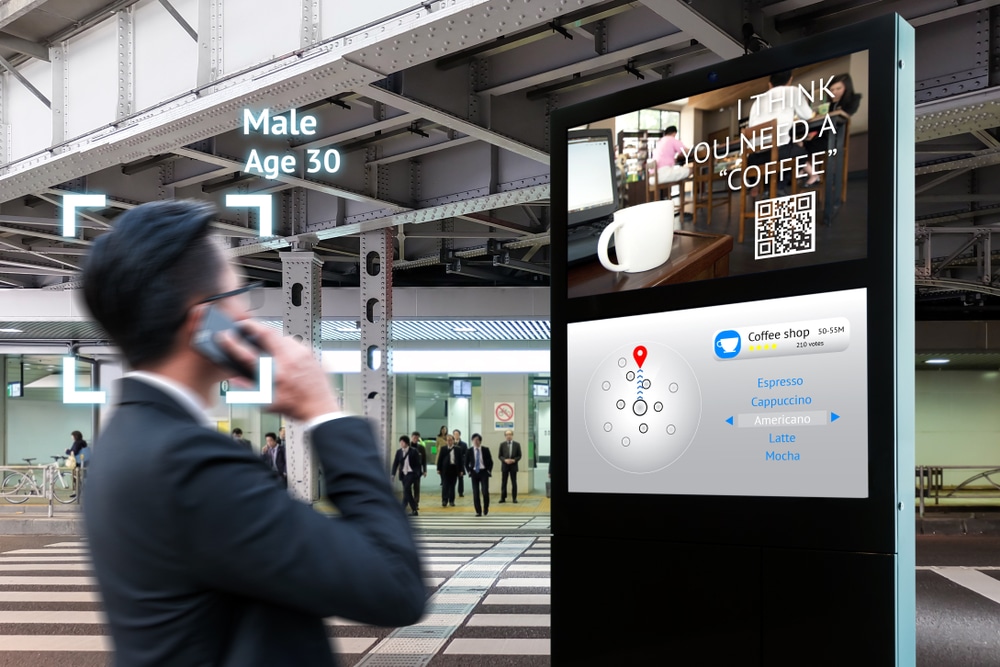
New technology in retail is changing the way consumers shop, but these advances may not be evident at first glance. Continue reading “New technology in retail is reshaping the way consumers shop”
How location-based mobile marketing can influence consumer buying decisions

Using location-based mobile marketing at the beginning, middle, and end of a consumer’s shopping trip can boost sales and improve their overall experience. Continue reading “How location-based mobile marketing can influence consumer buying decisions”

